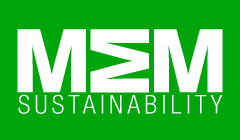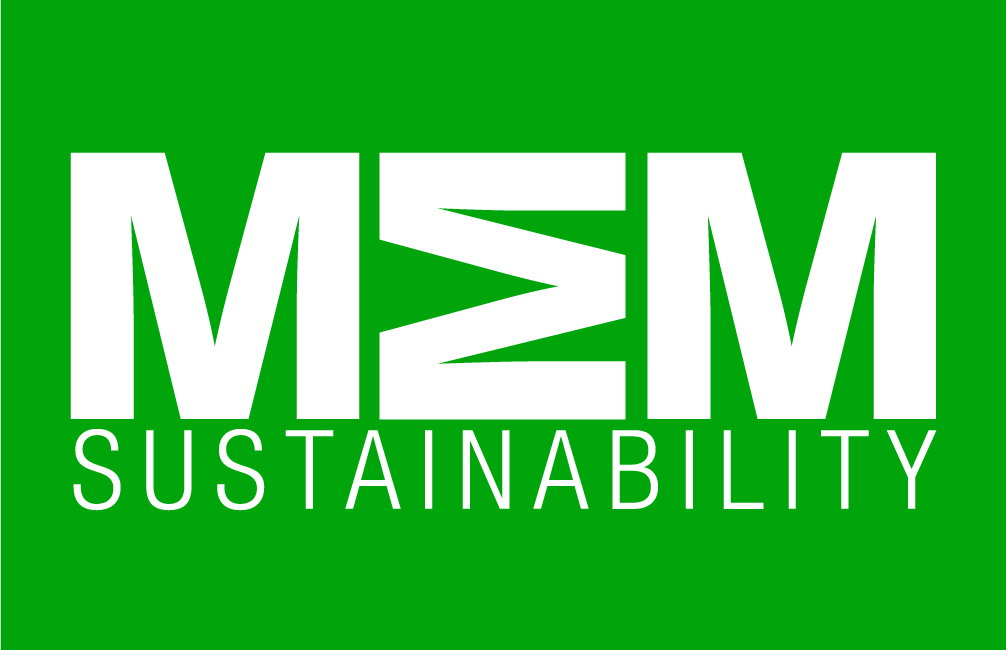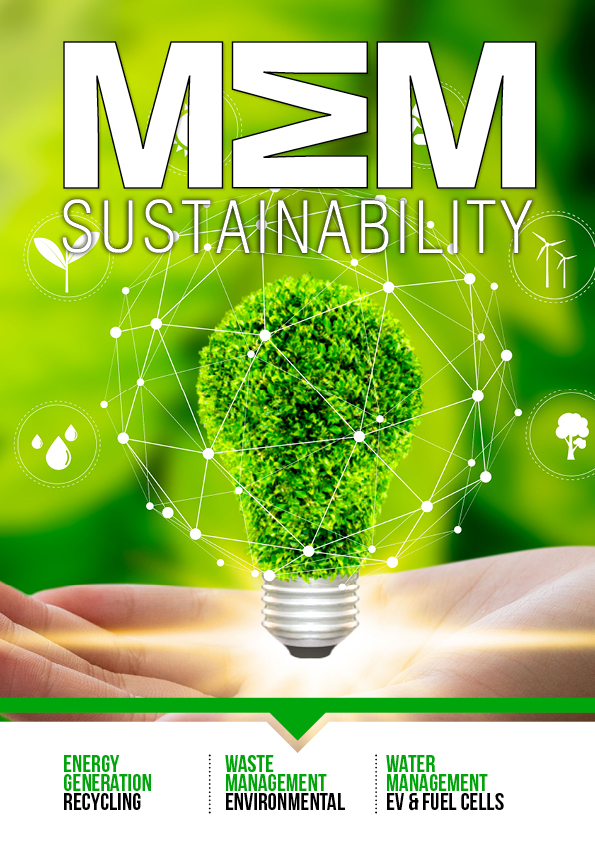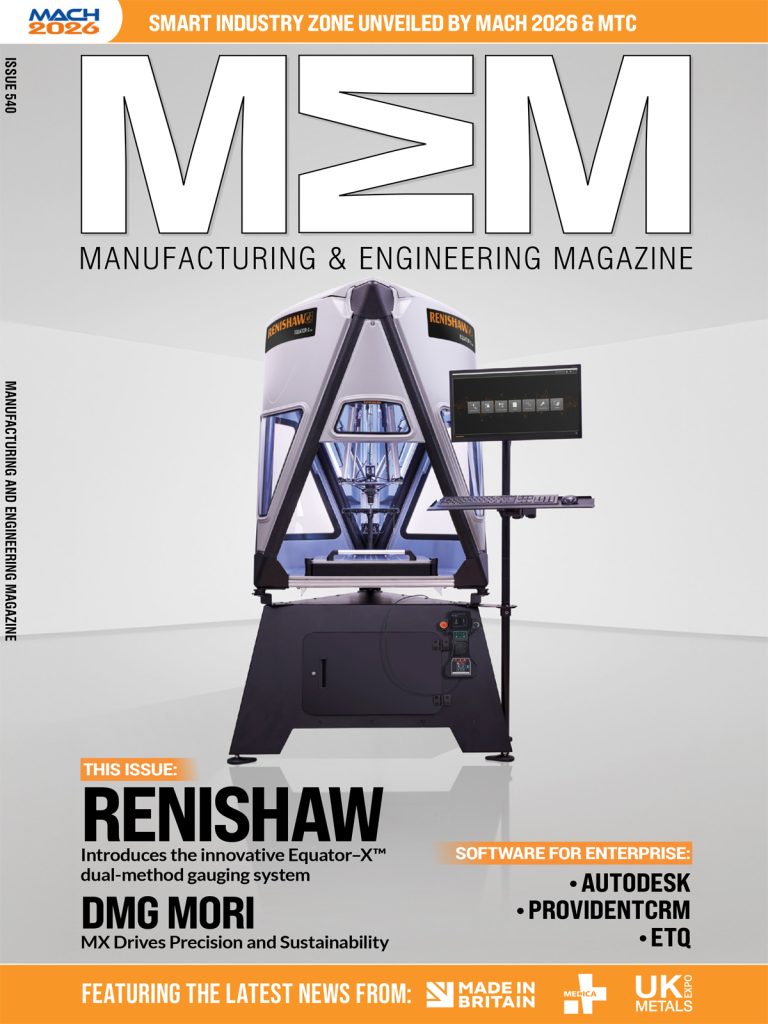Leslie Maloney, tax manager at tax relief specialist Access2Funding, who also has a Masters in Chemistry, explains some of the critical issues associated with wind, solar and battery technologies and outlines some ways in which these can be addressed in the energy sector to further support sustainability.
Last week, the UK government announced £31.6 million of funding, matched by more than £30 million of industry funding, for the development of innovative floating offshore wind technologies, to boost sustainability and the amount of clean renewable energy generated in the country.
However, despite renewables being a source of ‘clean’ energy – certainly in comparison to ‘legacy’ energy sources such as oil and gas – and a critical part of the plans for net zero carbon by 2050, we must also consider the effects of the waste created by these technologies.
WIND POWER
When talking about wind power, the most obvious point to consider is the turbines themselves. These have a design life of 25 to 30 years and are frequently constructed of sophisticated composites which will be extremely difficult to recycle and will frequently end up in landfill.
Within the last couple of years, there have been significant developments in ways to recycle these composites, both glass- and carbon-fibre based composites.
There have been further attempts to reuse wind turbine blades, including in the construction of bridges, as has been considered in the Netherlands and Denmark, due to their structural properties and size, but these are relatively limited use cases.
As turbines get larger, there remains significant work to be done here to make these truly reusable and to get to a stage where wind power is truly renewable, but there are significant innovation efforts ongoing to get to that point.
SOLAR POWER
In a similar way to the technology used in wind turbines and with battery technology, the main issues here result from redundant panels at the end of their useful lives, with respect to the specific issue of recycling of equipment used.
The construction of solar panels depends on the type of panel, the main types being:
Crystalline (mono- or poly-): mainly silicon with added trace elements, to create a semiconductor structure. These are the most common panels available.
These are the main type of cells available today, and both have their challenges in terms of recycling once they have reached their design life of around 20 years. Also note that, due to advances in technology and cell efficiency, they may be replaced ahead of schedule by new cells that are more efficient, before they reach the end of their useful life.
Both main types of cell can be recycled, which is an advantage, although processing is needed in both cases. Significant research is ongoing into simpler and more efficient ways of achieving this, as well as into new, easier to manage constructions, such as organic film semiconductors.
BATTERY TECHNOLOGY
There are many known environmental issues relating to battery technology, both in respect of the recycling of used batteries that have lost capacity over the years, and at the initial production stage, with the extraction and production of materials having significant environmental impacts.
Beginning with their use, batteries are widely used in electrified transport such as battery electric vehicles (BEVs), as well as hybrid cars, vans and buses. For such vehicles to be viable as a transportation option, the focus has been on increasing charging speeds and battery capacity. Battery longevity is an issue, with there always being some degradation of battery capacity over time – even the latest lithium-ion batteries suffering to an extent. Generally, these batteries have a lifespan of between 10 and 20 years.
This is exacerbated by user usage patterns that mirror those used with ICE vehicles, such as running the ‘tank’ down before fully re-charging. Doing this increases the heat levels in the battery, affecting the underlying battery chemistry and shortening its useful life. Fast charging has the same impact. Notable Research and development (R&D) is being undertaken in this area, to increase both the energy density of the battery and to increase the ability of the battery to tolerate greater charging currents, as well as the country’s sustainability.
There has been considerable development around reuse of such batteries. As an example, Tesla developed the Powerwall, a system designed to store home-generated solar PV electricity, using a recycled battery from one of their vehicles. This electricity is then released in the hours of darkness, when demand is higher, but solar PV power is unavailable. We anticipate that such whole home solutions will be a focus of future R&D, and directly link to the generation of power via both solar PV and wind power. Both these energy sources can be stored until needed, mitigating one of the drawbacks of these energy sources.
However, eventually, these batteries will need to be recycled, and this presents its own series of challenges. As with solar PV panels, batteries contain elements such as lead, lithium, copper, cobalt and nickel, which are difficult to extract and recycle.
This neatly follows on to the sourcing of these elements for initial battery production. These are frequently obtained from countries with far less environmental regulation than the UK, because of where these are located, with lithium and cobalt being major examples. The way these elements are extracted causes environmental damage all over the world. There have also been supply challenges with many of these materials, including lithium, cobalt and rare earth elements.
Battery technologies that use more abundant and easily-extracted materials need to be sourced and researched into – one such example is the aluminium-ion battery. Developed in Australia in 2021, this breakthrough battery cell technology is claimed to charge up to 60 times faster than the best lithium-ion cells and hold three times the energy of the best aluminium-based cells. They are also safer, more sustainable and easier to recycle, thanks to their stable materials.
THE FUTURE OF RENEWABLES
As well as wind, solar and battery powered energy, underwater turbines using tidal stream energy are tipped to provide 10% of the UK’s energy, maintaining sustainability high. The UK has put significant funding into innovation and research and development, and 80% of components are made in the UK, creating a huge potential for a lot of jobs in this emerging sector.
All of the above areas show significant scope for R&D and funding for this type of R&D is essential to the future of both the economy and the planet, supporting the uptake of low-carbon energy use and generation.
FUNDING R&D
HMRC’s R&D tax relief scheme is a government incentive designed to help businesses fund research and development and innovation. Your business may be eligible to receive corporation tax relief or a cash payment through the scheme. Tax relief specialist Access2Funding ensures all qualifying projects are identified and creates a comprehensive report for HMRC as part of every claim.















